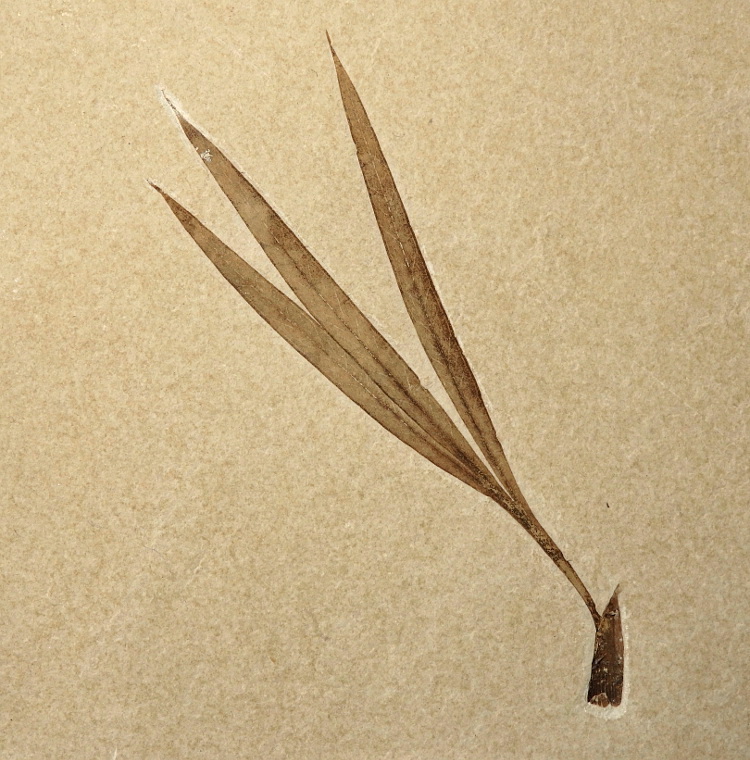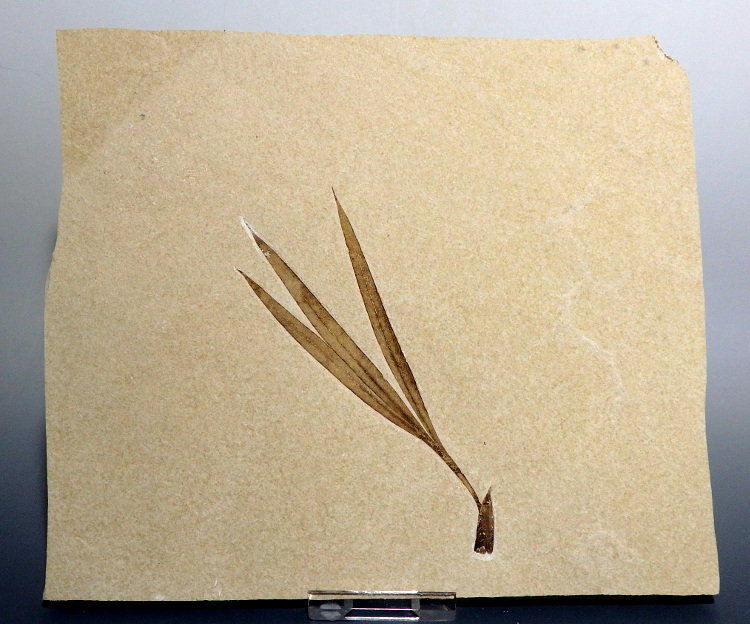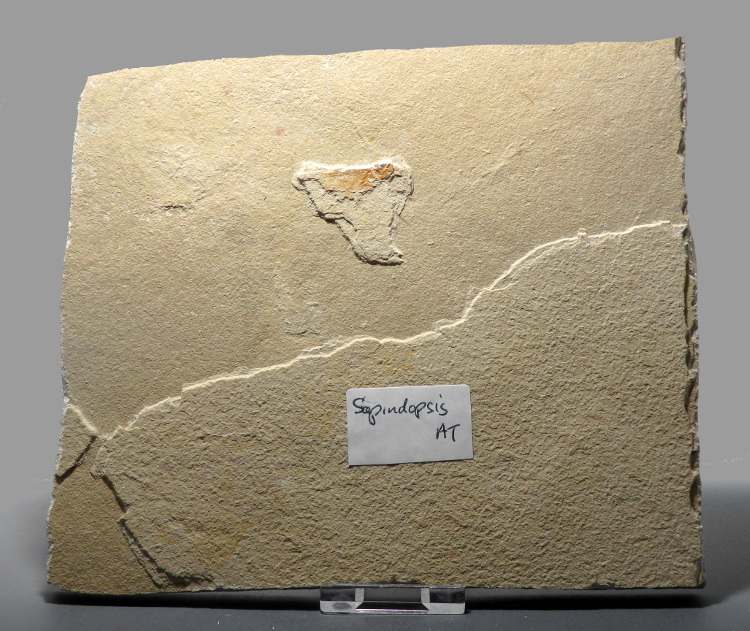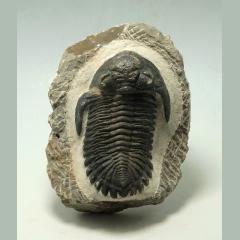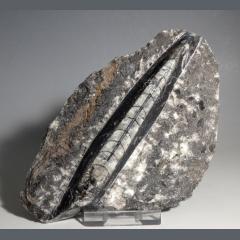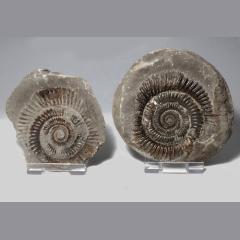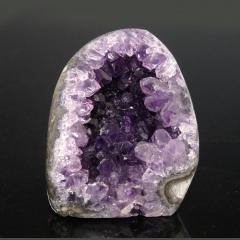Sapindopsis Anhouryi Fossil Plant From Lebanese Lagerstatte
Item Description
C. Middle Cretaceous, Middle Cenomanian Stage – 93 million years old
Order to which the fossil belongs: Sapindales; Sapindaceae
The sublithographic limestone of the Cretaceous of Lebanon is known for its well-preserved fish and crustaceans. This is a nice example of the Sapindaeceae (Soapberry Tree) known as the Sapindopsis. Sapindus, the modern-day genus, was first seen in the Eocene of North America. Its fruits contain saponin, which is a substance that has been used as a soap substitute. As there are few plants preserved in the Cretaceous marine deposits of Lebanon, which this makes it a most uncommon fossil, as most are marine algae.
A nice example a preserved Sapindopsis. Stand included.
Size of Sapindopsis: L: 118mm
Matrix: L: 188mm x W: 164mm x D: 9mm
£250.00
1 Available
